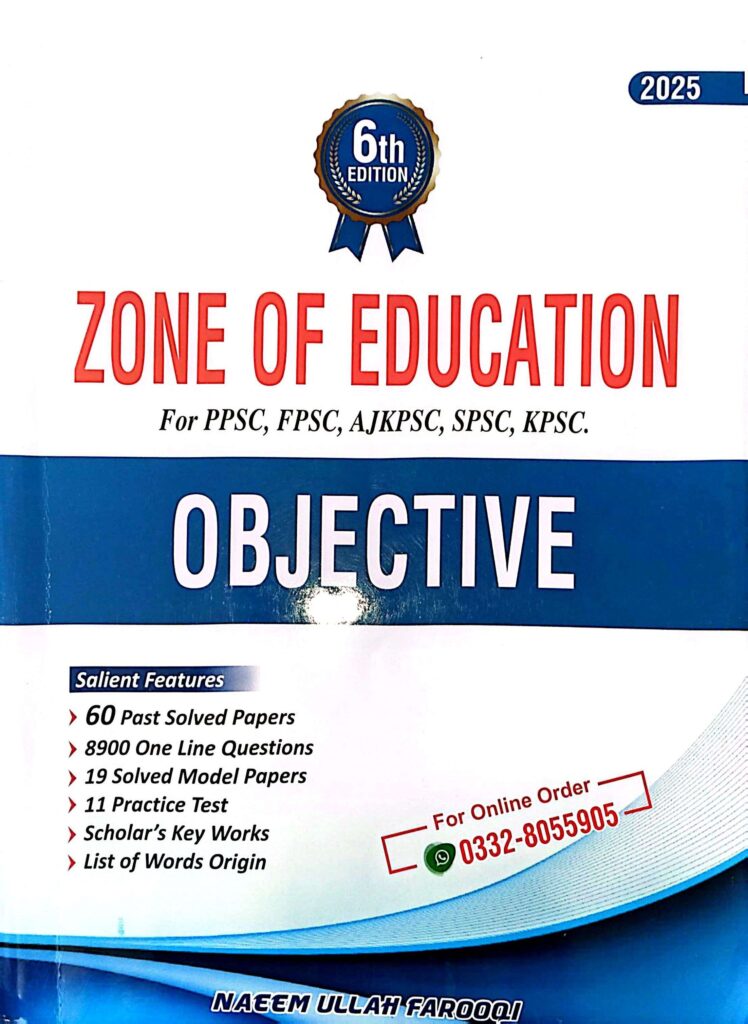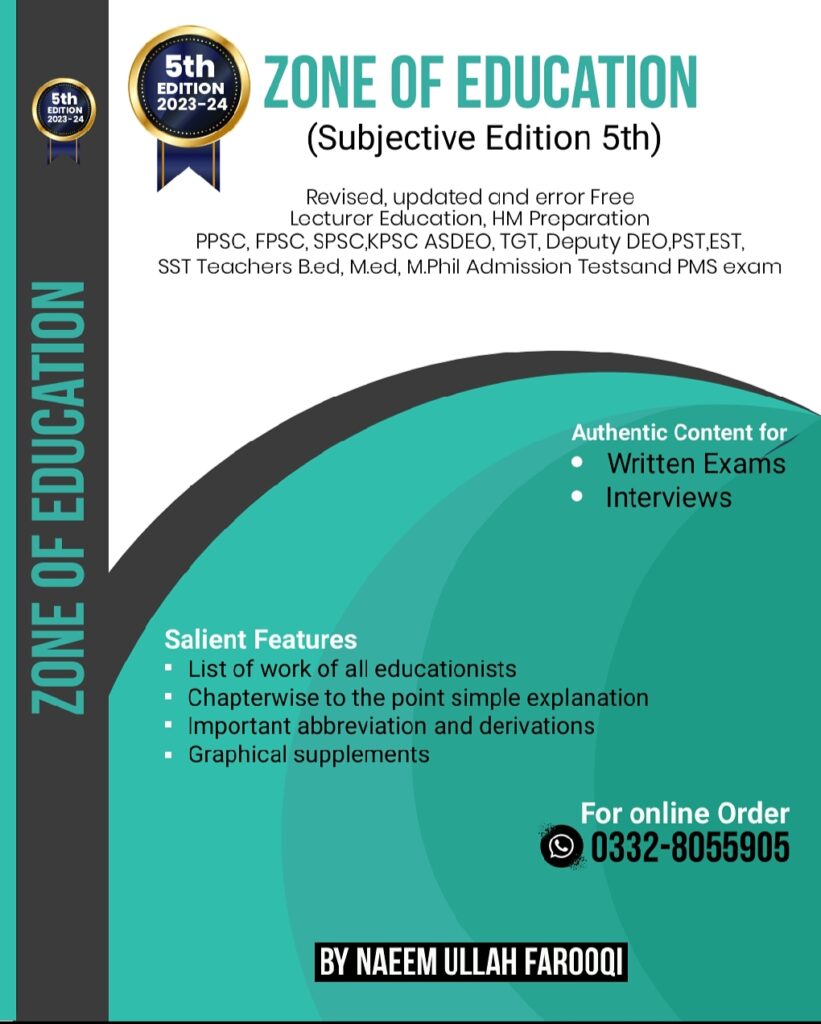GENERAL METHODS OF TEACHING
1. Social interaction models are concerned with
(a) concept development and analysis
(b) the attainment of the social goals belonging to the affective domain
(c) body and sensory awareness
(d) self-awareness, understanding, autonomy and self-concept
2. Teaching models mainly related to the emotional life of a person and also assist in developing a productive relationship to the environment are
(a) information processing models
(b) behavioral models
(c) personal models
(d) social interaction models
3. Personal models are concerned with
(a) social problem-solving
(b) relationship of the individual to society
(c) attainment of social goals
(d) teaching by example
4. The major theorists of personal models are
(a) Herbert & John Dewey
(b) Byron & Benjamin Cox
(c) Carl Rogers & Fritz Pearls
(d) Donald Oliver & James P.Shaver
5. The family of personal development models are
(a) Laboratory Method Model & Jurisprudential Model
(b) Role-playing Model and Social Simulation Model
(c) Group Investigation Model and Social Inquiry Model
(d) Non-directive Model and Conceptual System Model
6. Personal models of teaching emphasize development of
(a) behavior modification
(b) self-awareness, understanding and self-concept
(c) social values
(d) social relationship
7. Which of the following statements is true about personal models of teaching?
(a) They share an orientation towards the individual and the development of selfhood
(b) They share an orientation towards the information processing capabilities of the students
(c) They emphasize relationship of the individual to society
(d) They are associated with productive thinking and the development of general intellectual abilities
8. A teaching procedure involved in the clarification or explanation to the student of some major idea is called
(a) demonstration method
(b) lecture method
(c) story telling method
(d) problem solving method
9. Lecture method lays emphasis on
(a) the presentation of the content
(b) the participation of the learner
(c) the solution of problems faced by the learner
(d) the removal of errors in learning
10. In lecture method,
(a) the teacher is the recipient
(b) the teacher makes elaborate arrangements for demonstration or experiments
(c) students are more active and teacher is passive
(d) teacher is more active and students are passive
11. A good lecture provides
(a) active participation for learners
(b) creative thinking
(c) better scope for clarification
(d) real experience
12. Lecture method is a
(a) project approach
(b) activity centered approach
(c) student-controlled approach
(d) teacher-controlled approach
13. The presentation of a pre-arranged series of events or equipment to a group of students for their observation is known as
(a) demonstration method
(b) problem solving method
(c) story telling method
(d) lecture method
14. Demonstration method is
(a) oldest teaching strategy given by idealism philosophy
(b) a classroom strategy used in technical schools and training colleges
(c) made interesting with extra-addition of flannel board or puppets
(d) considered both autocratic and permissive type of teaching
15. For a successful demonstration, the teacher
(a) should never involve students in demonstration
(b) should never break down the demonstration into a simple step by step pattern
(c) should plan all the activities in great detail and rehearse it
(d) should proceed with the demonstration as quickly as possible
16. The demonstration aids in bringing about a relationship between the theory and
(a) practice
(b) hypothesis
(c) concept
(d) observation
17. Demonstration is a
(a) learner-centered method
(b) teacher-centered method
(c) subject-centered method
(d) curriculum-centered method
18. An educational device where the teacher and students attempt in a conscious, planned and purposeful effort to arrive at an explanation is known as
(a) lecture method
(b) story telling method
(c) demonstration method
(d) problem solving method
19. Problem solving method is
(a) a teacher-controlled instruction
(b) used in technical schools and training colleges
(c) used to train pupils’ mind by confronting them with real problems and giving
them the opportunity and freedom to solve them
(d) used for teaching lower classes
20. In problem solving method, a systematic and orderly process is adopted for carrying out
(a) the teaching-learning process
(b) data collection
(c) evaluation
(d) analysis
21. Problem solving involves
(a) imagination
(b) reflective thinking
(c) divergent thinking
(d) convergent thinking
22. Problem solving method help the learner to
(a) depends on teachers
(b) think critically and independently
(c) summarize the main points covered in the lesson
(d) be actively involved in observing
23. Which of the following teaching method is considered as an art that enables the teacher to come very close to the heart of the students and thereby attracts their attention?
(a) problem solving method
(b) demonstration method
(c) story telling method
(d) lecture method
24. Story telling enables the teacher to make lessons
(a) boring
(b) complicated
(c) a burden for students
(d) lively and interesting to the pupils
25. Students grasp very easily the knowledge presented in the form of a
(a) fact
(b) figure
(c) graph
(d) story
26. In story telling technique, the language should be
(a) difficult
(b) ineffective
(c) simple and easy
(d) dull
27. Story telling method is commonly used for teaching
(a) lower classes
(b) higher classes
(c) university students
(d) adults
JOIN ZONE OF EDUCATIONPK!
Discover the most comprehensive and reliable pedagogy resources in Pakistan, curated for competitive exam success. Our content covers all competitive exam MCQs, including PPSC, FPSC, AJKPSC, SPSC, and more. Designed to empower learners with top-notch material and insights, trust us for your preparation journey!


